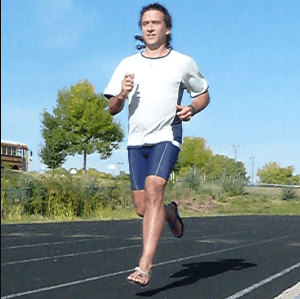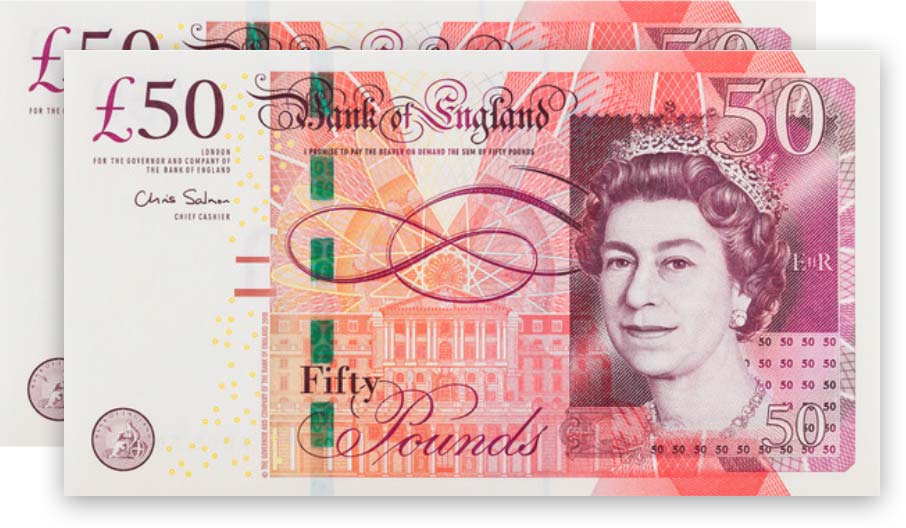The below is a first-hand story by Xero Shoes’ Co-CEO and Co-Founder, Steven Sashen:

Getting a blister from barefoot running was the best thing that could have ever happened to me.
Let me back up and tell you the whole story so you can understand why.
On my second barefoot run ever, I was so fascinated by the sensations, and so transfixed by experimenting to see the effects of different stride patterns, that I didn’t even notice I had run 5k. Now that may not sound like much to you ultra-marathon guys, but I’m a sprinter. I’d never run more than a mile before!
About 20 minutes after the run, though, I noticed that I had a big blister on the ball of my left foot, under my 2nd toe.
It wasn’t lost on me that I only had a blister on one foot. And it was particularly interesting that it was my left foot, because most of the injuries I’d been getting (the ones that inspired me to try barefoot running, with the hope it would cure me), were in my left leg.
Clearly, I was doing something with my left leg that caused the blister, something I wasn’t doing with my right leg, which felt fine.
A week later, I went out for another barefoot run, well before the blister had fully healed. I thought that I’d experiment some more and see if I could run in a way that didn’t hurt. And, I figured, if I couldn’t find a way to run pain-free in about ten minutes, I’d just stop and try again when the blister was gone.
As a ran, I kept thinking, “How can I stop doing with my left leg what I’m already not doing with my right?” But no luck. For the first nine minutes of that run, I was in pain. I couldn’t find a way to move my leg or meet the ground, that didn’t hurt.
I put my attention on my good leg, my right leg, and wondered, “How can I just do THIS, whatever that is, with my left leg?”
About a minute later, something changed.
At the time, I didn’t know what it was, all I knew is that I was able to run without my left foot hurting. I wasn’t doing whatever it was that caused the blister in the first place.
And, simultaneously, I started running easier, faster, lighter and with less effort than I ever had. I finished the run (only about 3k this time, but still…) and felt fine.
That was the last time I’ve been injured from running.
What changed? I know now that I was doing 3 things:
- Overstriding (reaching out with my foot rather than placing it under — or closer to — my centre of mass)
- Pulling my foot towards me (which puts strain on the hamstring)
- Pushing off with my foot with a slight “pawing back” motion (instead of placing my foot then lifting it off the ground)
I don’t recommend getting blisters, but one of the best things about barefoot running is that you learn to listen to the feedback — sensations — you get, and use those to coach yourself to become a better runner. It’s an ongoing process of continual improvement.
That blister was the best thing that ever happened to me as a runner.
The content of this post does not constitute and is not intended to be a substitute for professional medical advice, diagnosis or treatment. Always seek the advice of a physician or other qualified health provider with any questions or concerns you may have about your health or a medical condition.


